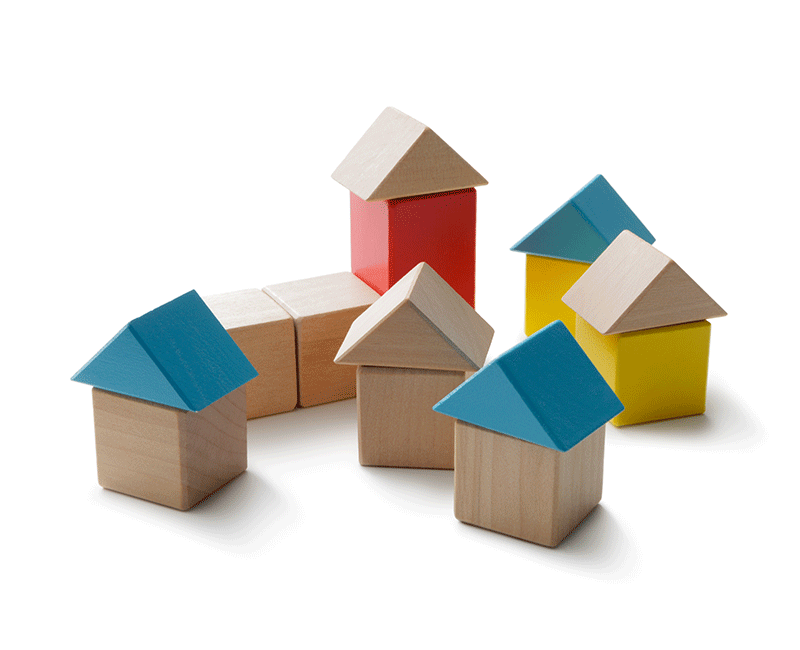
The Library as Place
Designing for the Future




"The Berkeley Public Library West Branch revitalization project will create a bright, inviting environment that will be a haven from the clamor of life along University Avenue. The new library will have more space, new facilities for the award-winning Berkeley Reads adult literacy program, dedicated teen space and children's space, and features state-of-the-art environmental design as an innovative zero-net-energy building."
Berkeley Public Library Foundation. (2012, May 22). Berekeley Public Library West Branch Revitalization Project [video]. YouTube. https://www.youtube.com/watch?v=pvYrRfuvUOI
"A visual history of the North Branch library, from the groundbreaking in 1936, to renovation and reopening in 2012."
Berkeley Public Library Foundation. (2013, May 3). North Berkeley branch library: A brief visual history [video]. YouTube. https://www.youtube.com/watch?v=bWD4mjVACX8
"Neighbor to Neighbor tells the story of the Neighborhood Libraries Campaign, the Berkeley Public Library Foundation's $3 million fundraising drive to make crucial interior improvements to Berkeley's four branch libraries."
Berkeley Public Library Foundation. (2013, February 11). Neighbor to Neighbor [video]. YouTube. https://www.youtube.com/watch?v=n7sK0gJ--bE
The Berkeley Public Library conducted a survey of the community in spring of 2019. They received over 4,000 responses. They were able to use this information to "effectively shape [the library's] future budget, develop service priorities, and design operational practices and policies" (Warren, 2019).
The results of the 2019 community survey indicated that most patrons accessed "library services...via a neighborhood branch" (Warren, 2019).
One of the library's current strategic goals is to "provide state-of-the-art, well maintained infrastructure, amenities, and facilities" (Berkeley Public Library, n.d.).
The Berkeley community has shown its commitment to the library as a place, by passing a measure that provided $26 million for renovations to the four Berkeley library branches in 2008. The funding allowed the library to "[renovate] two historic branches and [build] two new branch libraries, creating green, energy efficient, modern neighborhood spaces for the Berkeley community. The West Berkeley Library branch has been designated as a "zero net energy building, meaning it produces more electricity over the course of a year than it draws from the state's power grid." This is the first library in California that can make the net zero energy claim (Baker, 2013). Innovative environmentally friendly features such as using plants that "support the habitat for local species", and the "use of bioswales to clean stormwater before it flows into the bay" were also used in the construction of the branch libraries (Berkeley Public Library, n.d.). The renovated branches are now vibrant spaces able to host a variety of creative welcoming uses, such as seating for quiet contemplation, group study, teen rooms and community multi-purpose rooms for library activities and events as a place for community groups to gather" (Berkeley Public Library, n.d.). Having accessible, welcoming locations is especially important for children, because unlike other institutions, the library is commonly perceived as a trusted place (Garmer, 2014, p. 29). The renovations also "reflect the communities and City's commitment to sustainability - to building and maintaining a healthy urban environment" (Berkeley Public Library, n.d.).
According to Garmer (2014), "the physical library will become less about citizens checking out books and more about citizens engaging in the business of making their personal and civic identities" (p. 14). By renovating their library buildings to not only fit the objectives of the community to have environmentally friendly spaces, but a place where the all members of the community can gather to engage and grow, the Berkeley library is "creating spaces that can adapt to the changing operational models of libraries" (Garmer, 2014, p. 14).
References
Baker, D. (2013, December 29). Berkeley library branch a 'zero net energy' building. SFGate. https://www.sfgate.com/business/article/Berkeley-library-branch-a-zero-net-energy-5100368.php
Berkeley Public Library. (n.d.). Sustainable Spaces. https://www.berkeleypubliclibrary.org/locations/sustainable-spaces
Garmer, A.K. (2014, October). Rising to the challenge: Re-envisioning public libraries. The Aspen Institute. https://csreports.aspeninstitute.org/documents/AspenLibrariesReport.pdf
Warren, E. (2019, May 6). Executive Summary of Berkeley Public Library's 2019 Community Survey. Berkeley Public Library. https://www.berkeleypubliclibrary.org/sites/default/files/files/inline/bpl_2019_communitysurvey_executive_summary.pdf